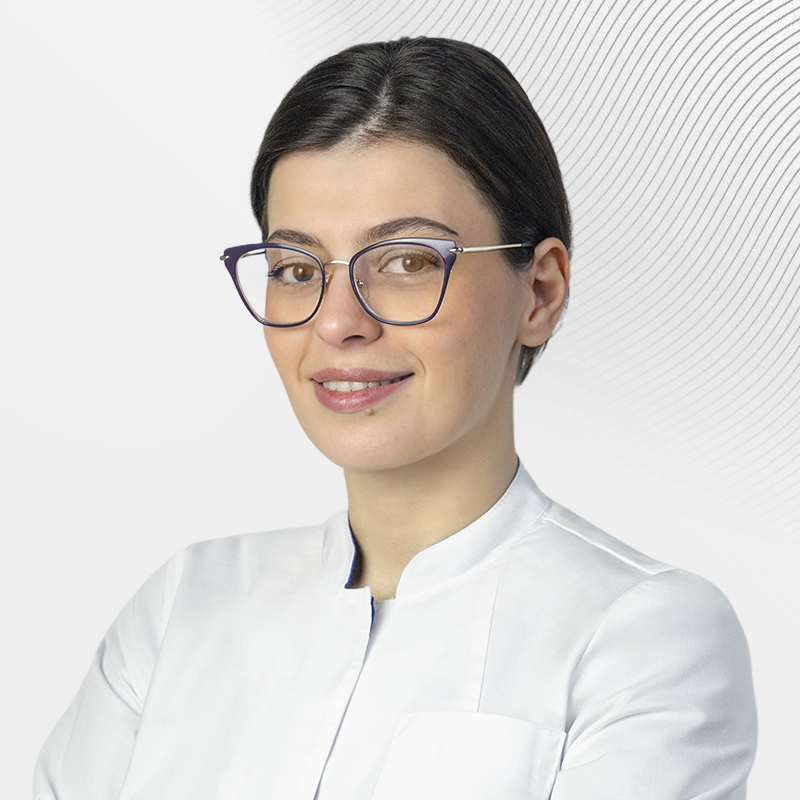Diseases of nerves and plexuses
The peripheral nervous system is a conventionally isolated part of the nervous system located outside the brain and spinal cord, consisting of cranial and spinal nerves forming the cervical-brachial and lumbosacral plexuses, as well as nerves and plexuses of the autonomic nervous system connecting the central nervous system with skeletal muscles and internal organs.
Most neurological diseases related to the peripheral nervous system involve a malfunction of the peripheral nerves and related muscles. Accordingly, in case of nerve pathology, all its functions may suffer: firstly, sensitivity, which is necessary for transmitting information from different parts of the body to the brain, secondly, motor function, carried out by contraction of skeletal muscles, and thirdly, trophic function of the nerve, which causes the so-called "trophic changes" in certain areas of the body. In addition, nerve damage can lead to severe pain, which often requires special treatment.
Of course, the symptoms characteristic of diseases of the peripheral nervous system, such as numbness, muscle weakness and pain, may have a different genesis and cause of development, which the doctor must determine in order to develop the right treatment tactics.
To make an accurate diagnosis, the doctor may prescribe an examination that includes neurophysiological methods (stimulation electroneuromyography, needle electromyography, evoked brain potentials) and neuroimaging methods (MRI, CT, ultrasound).
Numbness
Decreased sensitivity leads to numbness of some part of the body, decreased control of limb function, which can be perceived as awkwardness of the arm or leg and prevent the patient from performing habitual actions, especially those related to small and precise movements, the so-called fine motor skills. Prolonged permanent numbness of the face, arm, or leg often exhausts patients, is very painful for them, and may be accompanied by fear of a latent progressive disease. Therefore, even isolated numbness requires prompt and proper treatment. Also, decreased sensitivity can lead to impaired walking, gait instability, when the patient complains that he has stopped feeling the support and is forced to "stamp" his every step, as well as difficulties in maintaining balance.
Muscle weakness
A decrease in muscle strength leads to weakness of both individual and multiple muscles, as well as entire muscle groups. The patient may complain of double vision, voice changes, decreased articulation, difficulty swallowing, and breathing. There may also be complaints of weakness in the hands, when, for example, it is difficult for a person to perform the usual actions of buttoning a shirt, turning a key in a lock, or having more professional skills: working with a needle and thread, playing a musical instrument. Weakness in the legs can lead to difficulties in sitting / standing up from a low chair, and the patient is forced to lean on his hands when getting up or "flop" into a chair when squatting. Often, muscle weakness may be invisible to the patient, for example, the so-called "horsefoot" is manifested by difficulty in extending the foot, leading to the inability to take a full step with support on the heel and does not allow a person to run. Often such a problem is not accompanied by pain and significant numbness and is detected by the patient's relatives or when trying to switch from a step to a run.
Trophic changes
Trophic changes are changes in a certain part of the body that occur as a result of the rupture of a nerve connection with a limited area of tissue or organ. As a result, changes occur on the skin, hair, nails, subcutaneous fat, and even bones. In some chronic pain syndromes (Zudek's syndrome), the skin in the corresponding area becomes thinner, muscles atrophy, the vascular network changes, hair and legs become brittle, bones shrink and thin.
Pain
Pain, from the point of view of medicine, is an unpleasant sensory and emotional experience associated with true or potential tissue damage or described in terms of such damage (definition of the International Association for the Study of Pain IASP). Thus, pain is a complex feeling associated with existing or possible organic damage, as it is usually accompanied by an emotional experience. Pain syndrome significantly reduces the quality of life of patients and requires regular use of painkillers or restrictions in movement and daily human activities. Sometimes the pain bothers you at night and prevents you from getting a good night's sleep and rest. To identify the cause of pain, it is necessary to consider many factors and levels of damage, starting with the terminal branch of a particular nerve and continuing the search at higher levels of the brachial or lumbosacral plexuses, spinal cord and sometimes the brain.
The most common diseases of the peripheral nervous system:
-
Spinal nerve damage (radiculopathy). Spinal nerves are most often affected by intervertebral hernias, which are usually found in the lumbosacral and less often in the cervical spine. They are manifested by pain in the lower back, neck, with pain spreading to the arm or leg.
-
Stenosis (narrowing) of the spinal canal, which usually develops in the lumbosacral spine, is manifested by weakness and pain in the legs associated with being in an upright position or walking relatively short distances.
-
Ladder muscle syndrome with compression of the bundles of the brachial plexus develops in the shoulder-shoulder region. It is manifested by pain and numbness in various areas of the arm, shoulder, less often chest and shoulder blade, and weakness and awkwardness of the hand may also occur. Piriformis syndrome is a severe spasm of this muscle located next to the sciatic nerve deep in the gluteal region, more common in people with developed muscles, drivers. It is manifested by pain along the back of the leg to the heel, numbness.
-
Tunnel neuropathies occur more often in the area of the wrist, elbow, and ankle joints, and are manifested by burning, pain, numbness in the fingers and less often in the legs, weakness, and awkwardness when performing fine motor skills.
-
Carpal tunnel syndrome is the most common tunnel syndrome, with compression of the median nerve in the wrist area by ligaments and tendons. It is manifested by burning, pain, and later numbness in all fingers except the little finger, the symptoms worsen at night and in the morning.
-
Ulnar nerve neuropathy occurs due to compression of the ulnar nerve in the area of the elbow joint. It is manifested by numbness in the little finger and ring finger, weakness of finger flexion, and hypotrophy of some hand muscles. It occurs more often in men, and is associated with chronic elbow injury in athletes, and the forced position of the left hand in drivers.
-
Fibular nerve neuropathy (horsefoot syndrome)It is manifested by weakness of foot extension or sagging foot, usually not accompanied by pain. Men after 40 years of age suffer more often.
-
Radial nerve neuropathy occurs after sleeping in an uncomfortable position or surgical treatment of a humerus fracture, as the nerve has many bends in the arm and is hypersensitive to compression.
-
Sciatic nerve neuropathy occurs more often in women over 50. It is manifested by pain, numbness and weakness in the leg, the symptoms begin from the gluteal or lumbar region and descend further along the back of the thigh and down to the foot. The reason may be chronic inflammatory changes in the joints of the pelvic bones and pelvic organs.
-
Brachial plexitis (inflammation of the brachial plexus, neuralgic amyotrophy) is manifested by severe and debilitating pain, weakness and numbness in the shoulder and upper arm. It occurs after hypothermia or a recent viral infection that has occurred with an increase in temperature. The pain is bothering day and night and usually makes patients seek immediate medical attention.
-
Guillain-Barre syndrome (acute inflammatory demyelinating polyradiculoneuropathy)It is manifested by the rapid development of muscle weakness, numbness, and an ascending pattern of symptoms. The disease usually begins symmetrically from the feet of the legs and hands, then spreads upward towards the body, and often leads to the development of respiratory muscle weakness and respiratory arrest in the absence of timely treatment. The prognosis is usually favorable with prompt and proper treatment.
Get help
Specify your contacts and we will contact you to clarify the details.
Doctors

Izabella Maskurova
-

Evgeniya Aleksandrova
Ph.D. of Medical Sciences
-
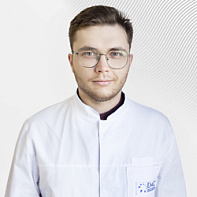
Mikhail Zaytsev
-
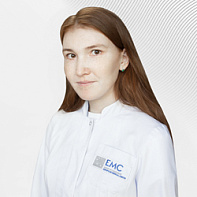
Ananeva Liliia
-

Dragan Ivan
-
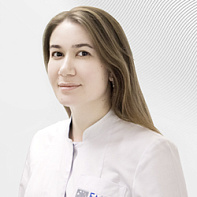
Mityukova Marina
-

Kameldenova Dinara
-
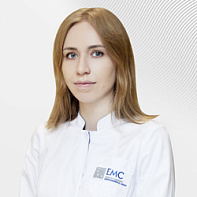
Ermilova Elizaveta
-
.jpg)
Volkov Sergey
-
.jpg)
Shchelukhin Alexandr
-
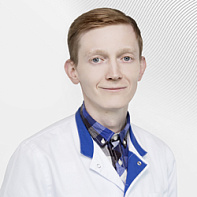
Eliseev Yuriy
-

Kamchatnov Pavel
Doctor of Medicine, Professor
-

Fitze Ingo
Head of the Interdisciplinary Sleep Medicine Center at the Charite University Hospital (Berlin, Germany), founder of the private sleep Medicine Institute Somnico GmbH in Berlin., Professor, Doctor of Medicine
-
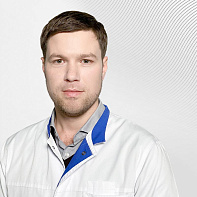
Ilyin Nikolai
-
.jpg)
Medvedeva Anastasiya
Ph.D. of Medical Sciences
-
.jpg)
Pechatnikova Natalia
Hereditary metabolic diseases
-

Nogovitsyn Vasiliy
Leading pediatric neurologist and epileptologist, Ph.D. of Medical Sciences
-
.jpg)
Maslak Andrey
Clinical neurophysiology and neuromuscular diseases
-
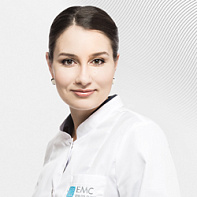
Lobanova (Kakaulina) Viktoria
Neurologist, polyclinic
-
.jpg)
Goldberg Nadezhda
Ph.D. of Medical Sciences
-
Izabella Maskurova
- He is proficient in botulinum therapy for spasticity and migraines
- He has practical experience in managing patients with severe forms of motor disorders, uses an integrated approach in neurological support of the patient.
Total experience
2 years
Experience in EMC
since 2025
